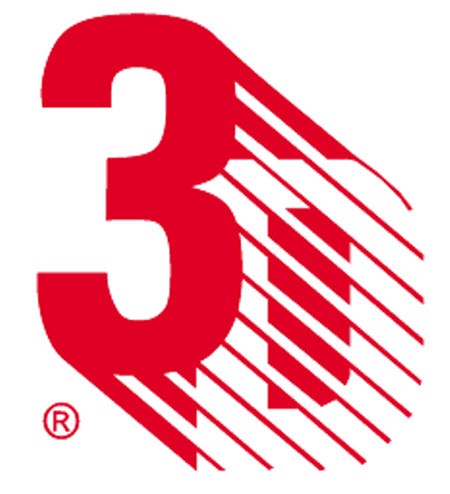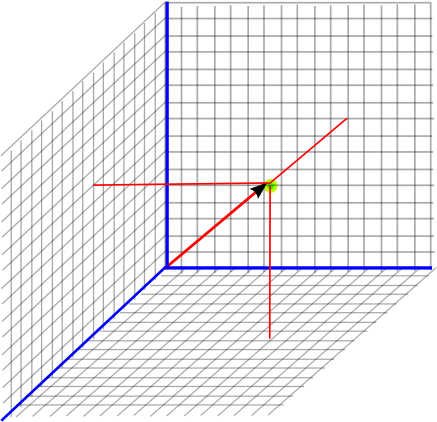3 D SYST
Post on: 16 Март, 2015 No Comment

By Motley Fool | Fri, 31st January 2014 — 11:58
This article was originally published on Fool.com
WASHINGTON, DC — Although 3D Systems ( NYSE. DDD.US) may be the biggest, most diversified, 3-D printing company around, it’s not immune to risks that could negatively affect its business. If you’re a 3D Systems investor, it’s important to familiarize yourself with any major risks that could materially change your long-term-investment thesis. This exercise will likely prove to be valuable during time of negativity, not to mention that it challenges any confirmation bias you may have.
Spread too thin
At last count, 3D Systems has a total of seven different 3-D printing engines, or different types of 3-D printing technologies in its portfolio. This has made the company extremely well equipped to adapt to the rapidly changing environment of 3-D printing and gives it the opportunity to compete in more 3-D printing verticals than any of its competitors.
However, having too many 3-D printing engines makes the company susceptible to becoming a jack of all trades, and a master of none. As a result, 3D Systems has to carefully allocate its resources in terms of not only research and development spending, but also human capital. From an operational perspective, too many product divisions could create unforeseen friction, conflict, and inefficiencies across the company.
A seven-engine car needs a lot more work
Because 3D Systems has seven different 3-D printing engines, its R&D liability is far greater than competitors, putting it at a serious disadvantage compared to Stratasys. which offers only two different 3-D printing engines. Hypothetically, if $100 of R&D spending was split equally across their respective printing engines, about $14 would be allocated toward each of 3D Systems’ seven printing engines, and $50 would go toward each of Stratasys’ engines. In this instance, 3D Systems would need to spend about 3.5 times more per printing engine to match the same level of R&D that Stratasys is investing into each of its engines.
Not only does this put pressure on 3D Systems to invest more into R&D than Stratasys, it creates a potentially troubling situation where R&D becomes a runaway expense that erodes earnings potential. This is especially true if 3D Systems wants to continuously innovate and invest in each of the 3-D printing verticals it competes in. In addition, 3D Systems’ management has a much tougher job determining how to effectively allocate its R&D spending across its printing engines than Stratasys’ management team does.
A cancerous sign

As former Costco CEO Jim Sinegal once put it, “Culture is not the most important thing — it’s the only thing.” Undoubtedly, a business that creates an enduring culture with a higher sense of purpose has a huge competitive advantage over its peers. The reason being, culture-driven organizations put employees and the company’s higher purpose before its profits, creating an environment that empowers the business to achieve amazing operating results over the long term. For a company that’s working to solidify its long-term positioning in the 3-D printing industry, it’s extremely important for 3D Systems to have its employees and company’s purpose in alignment.
According to anonymous employee data compiled by Glassdoor, 3D Systems employees are “dissatisfied,” rating the company 2.2 out of five stars. Additionally, only 17% of employee reviews approve of CEO Avi Reichental’s job. It’s worth noting that only 19 employees have rated their work experience at 3D Systems and only 12 have rated Avi Reichental. Still, these early indications call for keeping an eye on this potential structural issue, because a culture where employees are dissatisfied often creates a ripe breeding ground for businesses that deliver subpar operating results over the long term.
What this means for investors
When a stock like 3D Systems has had an incredible run based on its future growth potential, its current valuation becomes stretched by nearly every metric imaginable. As a result, the need for the company to execute almost flawlessly has grown increasingly stronger. Should there be a misstep or two along the way, the bullish sentiment about 3D Systems will likely crater, and investors are almost certain to face losses. Being aware of these risks will help you determine whether or not action is warranted during times of negativity.
As a 3D Systems shareholder, these risks currently aren’t enough of a threat for me to take further action today, but it’s definitely enough of a reason for me to not increase my position at current prices.
> Steve owns shares in 3D Systems.














